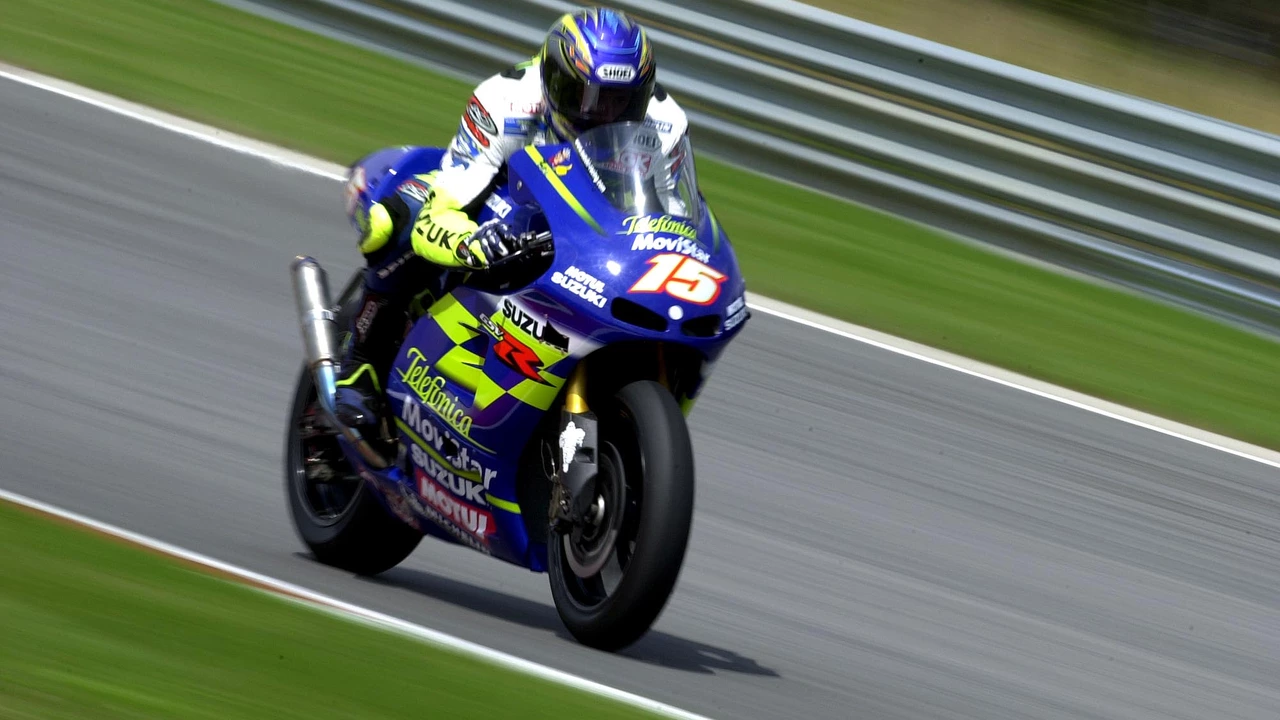Getting Started with Motorsport: Your First Steps
If you’ve ever felt that rush from watching a race, you’re not alone. Getting into motorsport doesn’t require a fancy degree or a billionaire’s bankroll – just a clear plan and a willingness to learn. Below you’ll find the most useful steps to move from fan to participant without getting overwhelmed.
Choosing the Right Path
Motorsport isn’t a single sport; it’s a family of categories. Some people jump straight into karting because it’s cheap and teaches core driving techniques. Others prefer autocross or club racing where you can use a street‑legal car on a temporary course. Think about what excites you most – the close‑quarters feel of karting, the high‑speed challenge of circuit racing, or the off‑road grit of rally. Once you have a favourite, look for local clubs or schools that offer entry‑level programs. Most clubs have “new driver” days, and the fees are usually transparent.
Don’t ignore the career side if you’re serious about turning a hobby into a profession. Motorsport careers range from driver to engineer, data analyst, or pit crew member. Talk to people in your area’s racing community; they’ll often share how they got their first break. A quick ride‑along or test day can confirm whether the adrenaline rush you feel on TV translates to real life.
Essential Gear and Skills
The first purchase you’ll need is a good helmet that meets safety standards. It’s cheap compared to a full racing suit, but it protects you from head injuries. After that, a set of proper racing shoes and gloves will improve your control on the pedals and steering wheel. If you’re karting, a neck brace is also wise. All these items can be bought used, but never compromise on safety certifications.
Skill‑wise, focus on three fundamentals: car control, track awareness, and feedback. Car control starts with smooth inputs – brake before you turn, and ease off the accelerator when you’re exiting a corner. Track awareness means knowing where the braking zones, apexes, and exit points are, which you can learn by walking the circuit or using a simple lap‑time app. Feedback is about listening to what the car tells you: if the rear slides, adjust your steering or throttle. Practice these in low‑risk environments before stepping up to faster cars.
Finally, keep a log of every session. Write down lap times, what you tried, and how the car responded. Over time you’ll spot patterns that help you improve faster than guessing.
Getting started isn’t about buying the fastest car on day one. It’s about building a solid base, making smart gear choices, and connecting with the community that can guide you forward. Follow these steps, stay safe, and enjoy the ride – the track is waiting for you.
Ever dreamed of being a speed demon on two wheels? Moto racing is your ticket, buddy! Start by finding a local track and getting lessons from experienced riders. Don't forget to kit up with the right gear, safety first, pals! Then, get your hands on a bike, start small and work your way up, remember Rome wasn't built in a day, neither will your moto racing skills. Practice makes perfect and maybe soon, you'll be the Valentino Rossi of your buddies!


